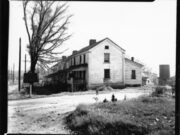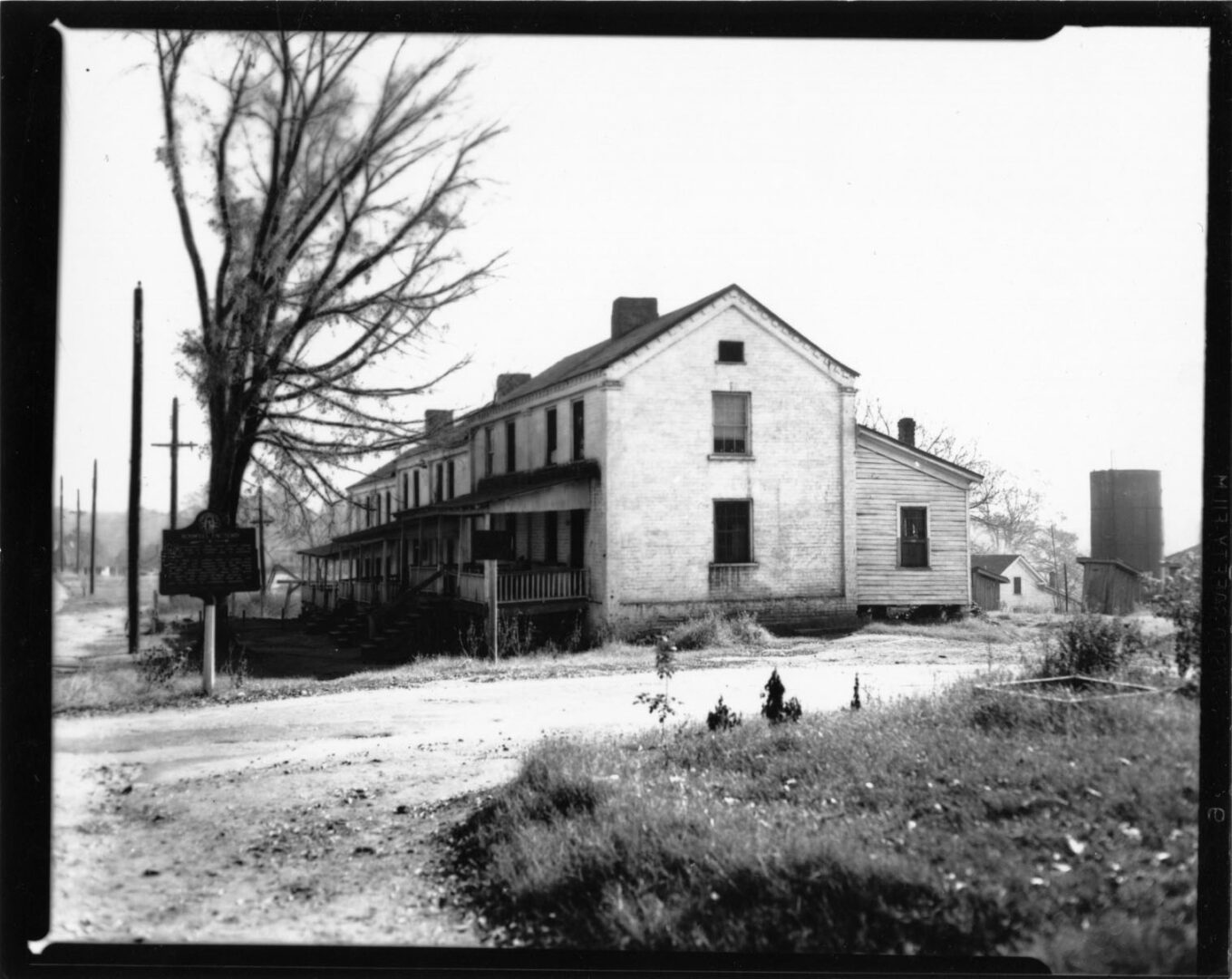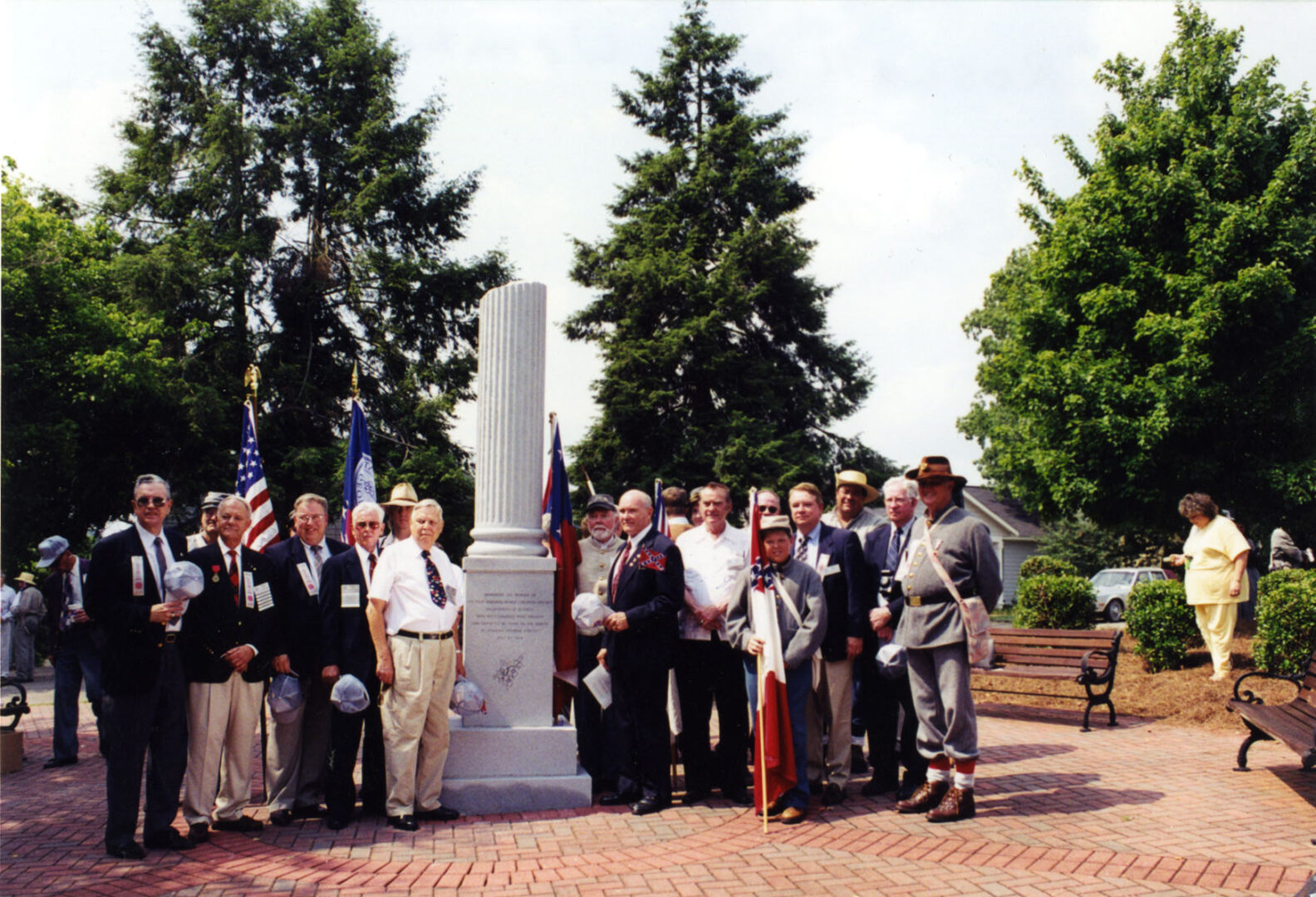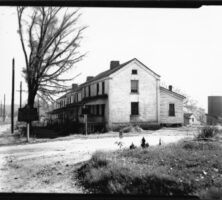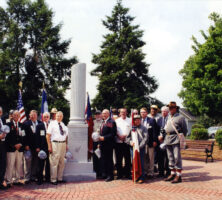In July 1864 during the Atlanta campaign General William T. Sherman ordered the approximately 400 Roswell mill workers, mostly women, arrested as traitors and shipped as prisoners to the North with their children. There is little evidence that more than a few of the women ever returned home.
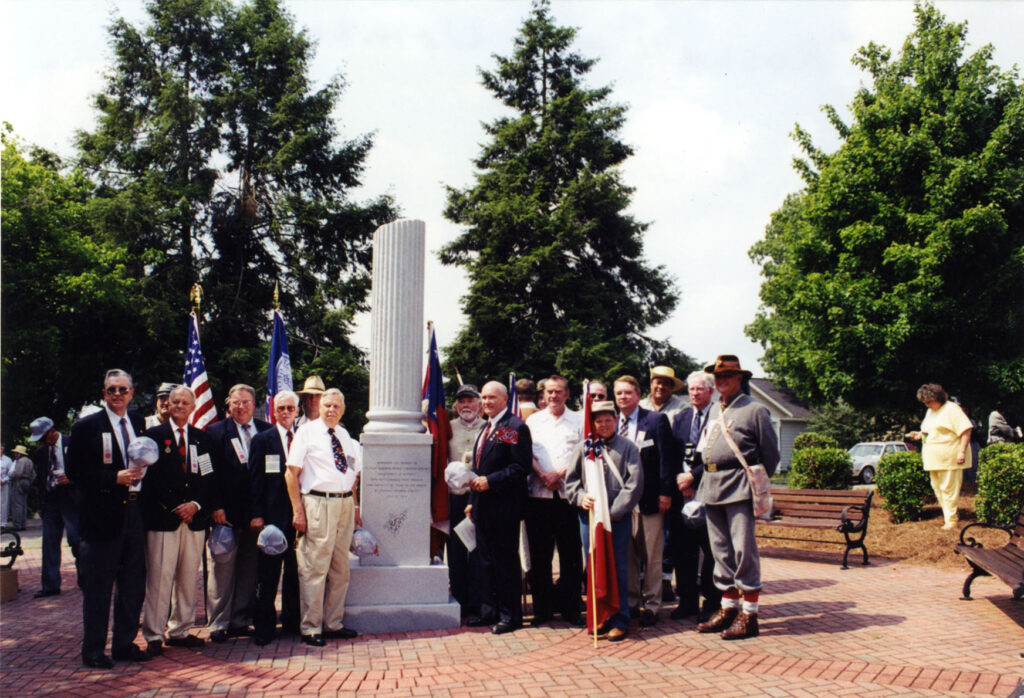
Courtesy of George E. Thurmond
As the Union forces approached Atlanta in the early summer of 1864, almost all the members of the founding families of Roswell—aristocrats from the Georgia coast, most of them owners and/or stockholders of the Roswell Manufacturing Company mills—had fled. The remaining residents were mostly the mill workers and their families. The two cotton mills and a woolen mill continued to operate, producing cloth for Confederate uniforms and other much-needed military supplies, such as rope, canvas, and tent cloth.
On July 5, seeking a way to cross the Chattahoochee River and gain access to Atlanta, Brigadier General Kenner Garrard’s cavalry began the Union’s twelve-day occupation of Roswell, which was undefended. The next day Garrard reported to Sherman that he had discovered the mills in full operation and had proceeded to destroy them, and that about 400 women had been employed in the mills. On July 7 Sherman replied that the destruction of the mills “meets my entire approval.” He ordered that the owners and employees be arrested and charged with treason, elaborating, “I repeat my orders that you arrest all people, male and female, connected with those factories, no matter what the clamor, and let them foot it, under guard, to Marietta, whence I will send them by [railroad] cars, to the North. . . . Let them [the women] take along their children and clothing, providing they have a means of hauling or you can spare them.”
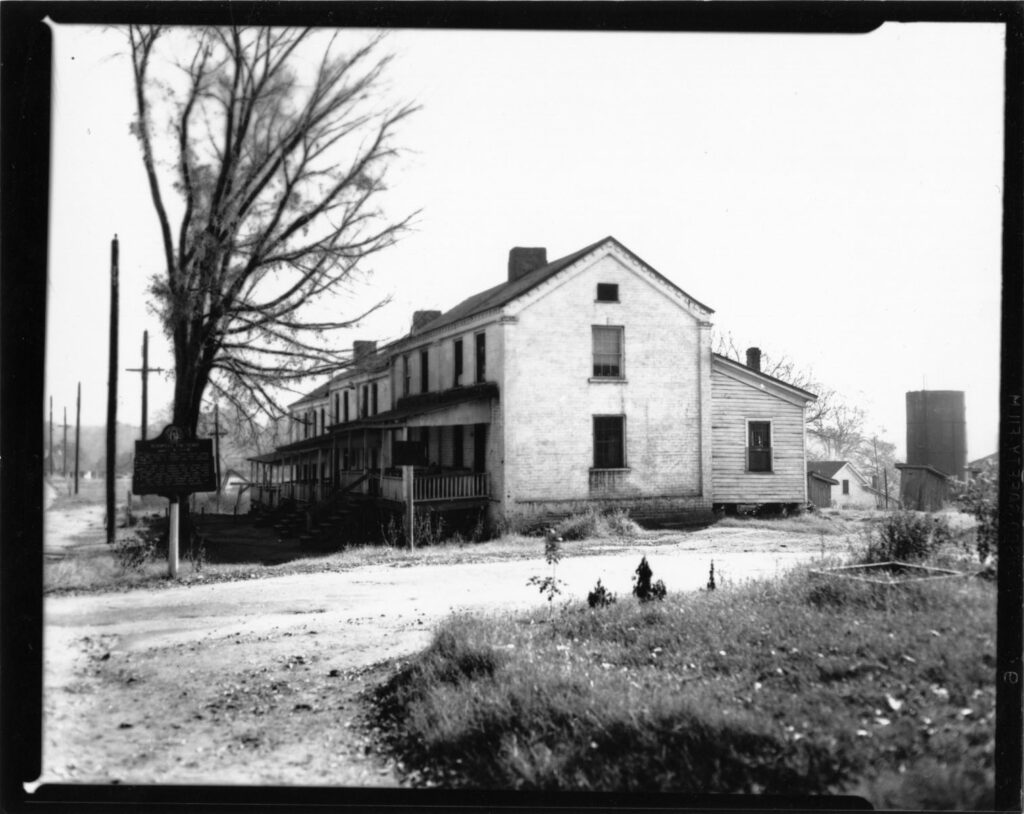
Courtesy of Roswell Historical Society
The women, their children, and the few men, most either too young or too old to fight, were transported by wagon to Marietta and imprisoned in the Georgia Military Institute, by then abandoned. Then, with several days’ rations, they were loaded into boxcars that proceeded through Chattanooga, Tennessee, and after a stopover in Nashville, Tennessee, headed to Louisville, Kentucky, the final destination for many of the mill workers. Others were sent across the Ohio River to Indiana.
First housed and fed in a Louisville refugee hospital, the women later took what menial jobs and living arrangements could be found. Those in Indiana struggled to survive, many settling near the river, where eventually mills provided employment. Unless husbands had been transported with the women or had been imprisoned nearby, there was little probability of a return to Roswell, so the remaining women began to marry and bear children.
The tragedy, widely publicized at the time, with outrage expressed in northern as well as southern presses, was virtually forgotten over the next century. Only in the 1980s did a few writers begin to research and tell the story. Even then, the individual identities and fates of the women remained unknown.
In 1998 the Roswell Mills Camp No. 1547, Sons of the Confederate Veterans, initiated a project to acknowledge and honor the deported mill workers. Through publicity, advertisements, and research, some of the descendants and other relatives were found; most of their deported ancestors had settled in the North.
In July 2000 the project culminated in a ceremonial event highlighted by unveiling a memorial monument in Roswell’s mill village park to commemorate the sacrifices of the mill workers and to honor the 400 women.


